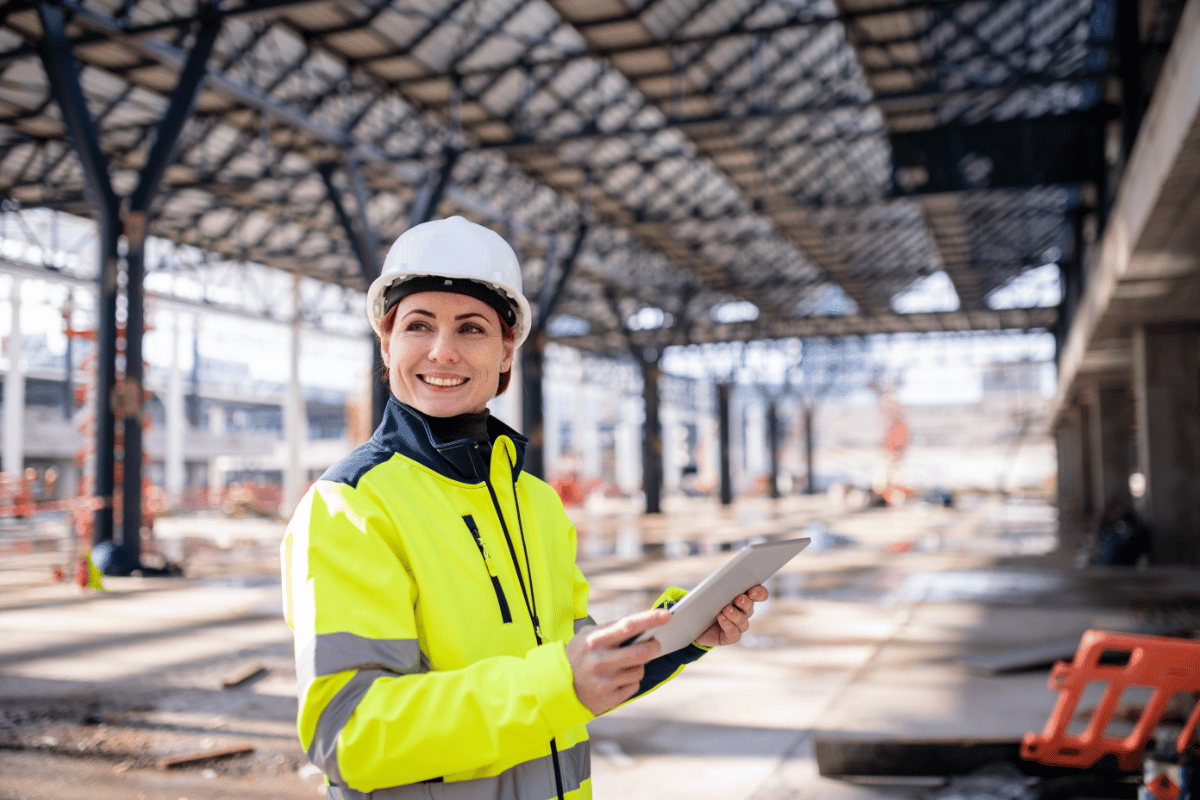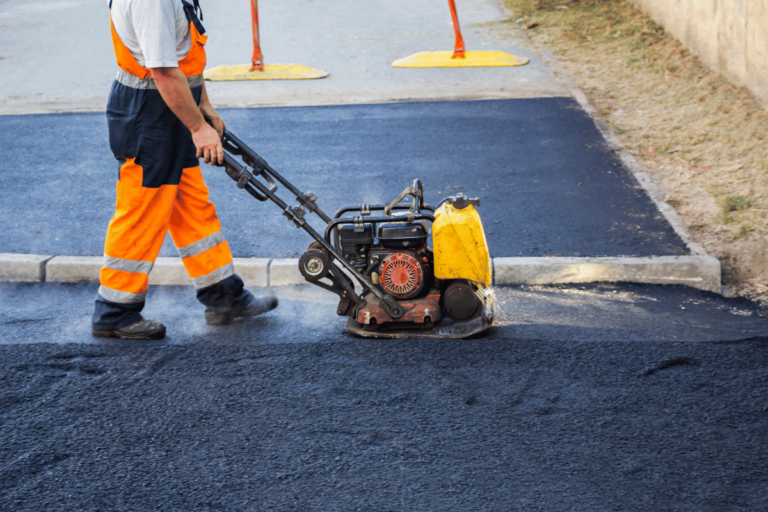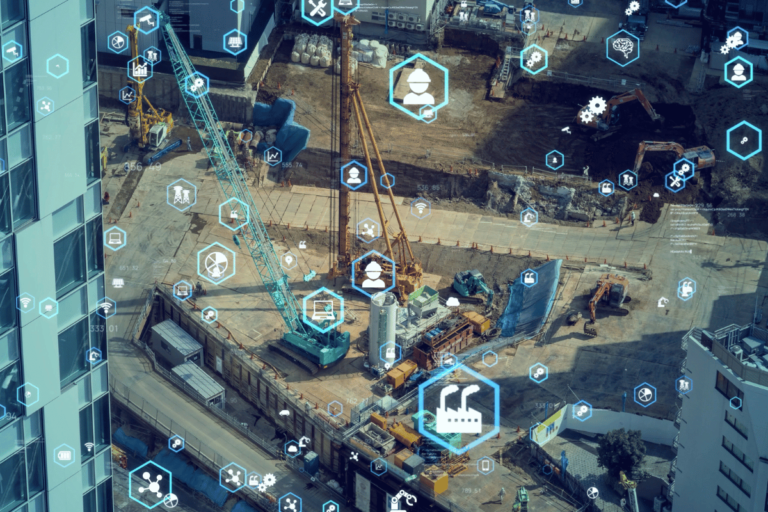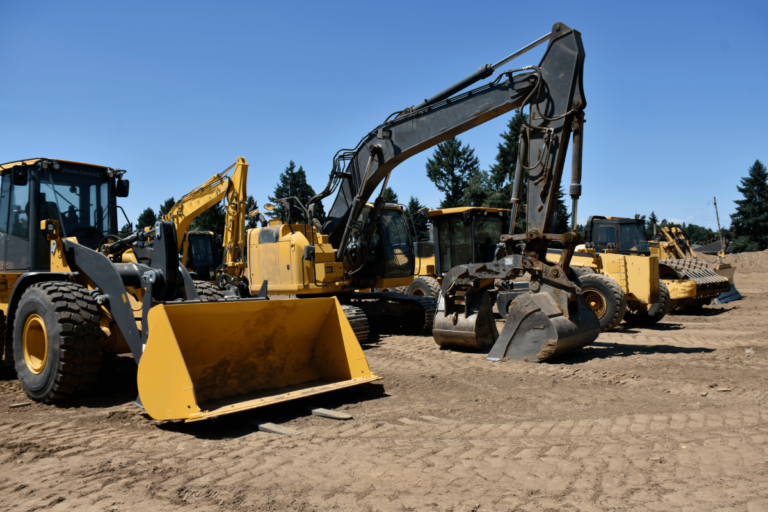A Comprehensive Guide to Modern Construction Techniques: From Basics to Advanced Methods
You might be surprised to learn that the foundation of modern construction techniques can be traced back to ancient civilizations. As you explore this all-encompassing guide, you’ll uncover a wealth of knowledge that spans from the fundamental principles to cutting-edge methods reshaping the industry today. From mastering the basics of building materials to understanding the intricacies of advanced technologies, each section promises to offer valuable insights that could revolutionize your approach to construction projects.
Key Takeaways
- Evolution from traditional practices to modern innovations.
- Integration of BIM for improved project visualization.
- Prefabrication methods for efficiency and waste reduction.
- Use of smart materials and robotics for sustainability.
- Emphasis on green construction practices for eco-friendly buildings.
Evolution of Construction Techniques
Through centuries of innovation and adaptation, construction techniques have continuously evolved to meet the demands of an ever-changing world. The historical development of construction techniques showcases a shift from traditional practices to modern innovations driven by technological advancements.
Initially, construction relied heavily on manual labor and basic tools, with structures being mainly made of wood, stone, or clay. Over time, civilizations began incorporating more advanced methods such as the use of mortar in brick construction, enabling taller and more stable buildings.
The Industrial Revolution marked a significant change towards mechanization, introducing steam-powered machinery that revolutionized the construction industry. This era saw the widespread adoption of steel and reinforced concrete, allowing for the construction of skyscrapers and bridges that were previously unimaginable.
With the advent of the digital age, modern construction techniques have further evolved to include cutting-edge technologies such as Building Information Modeling (BIM) and prefabrication methods. These innovations have improved efficiency, accuracy, and sustainability in construction projects, shaping the landscape of the industry for the future.
Understanding Building Materials
How do different building materials impact the structural integrity and design possibilities of construction projects?
When analyzing construction material selection, it’s essential to examine material properties such as strength, durability, thermal conductivity, and fire resistance. These properties directly impact the overall performance and longevity of a structure.
Sustainability is another critical factor to take into account in modern construction, with a focus on using eco-friendly materials that minimize environmental impact.
Cost effectiveness plays a significant role in material selection as well. Balancing the initial cost of materials with long-term maintenance and operational expenses is crucial for successful construction projects.
Opting for materials that offer durability and require minimal upkeep can lead to significant savings over time.
Essential Construction Tools
When it comes to executing successful construction projects, having the right tools is crucial. The selection of tools should be based on the specific requirements of the job at hand, promoting efficiency and precision.
Equally important is the regular maintenance and proper care of these tools to prolong their lifespan and promote safety on the construction site.
Tool Selection Tips
Selecting the right essential construction tools is important for guaranteeing efficiency and precision in your building projects. Proper tool organization is key to maximizing efficiency on the job site. Keep frequently used tools easily accessible and consider using tool belts or toolboxes to keep everything organized and within reach. This will save you time searching for the right tool and increase productivity.
In addition to tool organization, maintaining your tools is vital for their longevity and best performance. Regularly clean your tools after use to prevent dirt and debris buildup that can cause wear and tear. Lubricate moving parts to ensure smooth operation and store tools in a dry environment to prevent rust.
Investing time in tool maintenance won’t only extend the lifespan of your tools but also save you money in the long run by avoiding frequent replacements.
Maintenance and Care
Proper upkeep and care of essential construction tools are important for ensuring the best performance and longevity on the job site. Implementing preventive maintenance and sustainability practices can significantly prolong the lifespan of your tools and reduce the need for costly repairs. Additionally, incorporating cost-effective repairs and energy-efficient upgrades can help you save both time and money in the long run.
To keep your essential construction tools in prime condition, follow these maintenance tips:
| Maintenance Task | Frequency | Description |
|---|---|---|
| Cleaning | After each use | Remove dirt, debris, and moisture to prevent corrosion. |
| Lubrication | Monthly | Apply lubricant to moving parts to reduce friction. |
| Inspection | Quarterly | Check for wear and tear, and replace damaged parts. |
Introduction to Green Construction
Incorporating sustainable materials and energy-efficient design principles are essential components of green construction practices. Eco-friendly practices focus on reducing the environmental impact of construction projects by using materials that are renewable, recyclable, or have low embodied energy. Sustainable solutions in green construction often involve the use of locally sourced materials to reduce transportation emissions and support the local economy.
One key aspect of green construction is the integration of energy-efficient design principles. This includes maximizing natural light, utilizing passive solar heating and cooling techniques, and incorporating high-performance insulation to minimize energy consumption. Green buildings are also designed to optimize water usage through features like low-flow fixtures, rainwater harvesting systems, and greywater recycling.
In addition to material selection and energy efficiency, green construction emphasizes waste reduction and recycling during the construction process. By implementing construction waste management plans and utilizing recycled materials, builders can minimize the environmental impact of their projects.
Embracing green construction practices not only benefits the environment but also contributes to healthier, more sustainable buildings for future generations.
Innovative Construction Technologies
You’ll explore the utilization of smart materials in construction, which incorporate advanced properties to enhance building performance and sustainability.
Additionally, robotics play an essential role in streamlining building processes, increasing efficiency, precision, and safety on construction sites.
Understanding these innovative construction technologies will provide insight into the future of the construction industry and its potential for revolutionizing traditional building practices.
Smart Materials in Construction
Utilizing cutting-edge smart materials in construction projects has revolutionized the industry by enhancing structural capabilities and optimizing energy efficiency. One innovative material making waves in the construction sector is self-repairing concrete. This remarkable material contains capsules of healing agents that are released when cracks form, mending the concrete and preventing further damage. Self-repairing concrete not only increases the lifespan of structures but also reduces maintenance costs significantly.
Energy-efficient design is another key aspect where smart materials play an essential role. Materials like phase-change materials (PCMs) are integrated into buildings to regulate temperature by storing and releasing heat energy, leading to reduced reliance on heating and cooling systems. Additionally, smart glass technologies such as electrochromic windows can adjust their tint based on sunlight exposure, effectively managing interior temperatures and reducing the need for artificial lighting.
Incorporating smart materials like self-repairing concrete and energy-efficient design elements is propelling construction into a more sustainable and resilient future.
Robotics in Building Processes
Smart materials like self-repairing concrete have paved the way for the integration of robotics in building processes, propelling construction towards greater efficiency and precision.
1) Automated Assembly:
Robotics are being employed for automated assembly tasks, streamlining the construction process by allowing for quick and precise placement of building components.
2) Robotic Welding:
Robotic welding systems are utilized to join structural elements with high accuracy and repeatability, ensuring strong and durable connections in the building framework.
3) Enhanced Safety:
Robotics in building processes improve safety by taking over hazardous tasks, reducing the risk of injuries to human workers during construction activities.
4) Increased Speed and Productivity:
Advanced Building Methods
In modern construction practices, the implementation of advanced building methods has revolutionized the industry, leading to increased efficiency and structural integrity. Sustainable architecture and high-tech construction are at the forefront of these advancements, ensuring that buildings are not only environmentally friendly but also equipped with cutting-edge technology for best performance.
| Advanced Building Methods | Benefits |
|---|---|
| Prefabrication | – Reduces construction time<br>- Minimizes material waste |
| 3D Printing | – Enables complex architectural designs<br>- Reduces labor costs |
| Building Information Modeling (BIM) | – Enhances collaboration among stakeholders<br>- Improves project visualization |
| Green Roofs | – Enhances insulation properties<br>- Improves air quality |
| Cross-Laminated Timber (CLT) | – Sustainable alternative to concrete and steel<br>- Faster construction times |
These advanced methods not only push the boundaries of traditional construction but also pave the way for more sustainable and efficient building practices in the future.
Safety Measures in Construction
When implementing safety measures in construction projects, detailed planning and strict adherence to regulations are vital to guarantee the well-being of workers and the public. To secure a safe working environment, consider the following:
- Site Inspections: Conduct regular site inspections to identify potential hazards and confirm safety protocols are being followed. Address any issues promptly to prevent accidents.
- Fall Protection: Implement fall protection measures such as guardrails, safety nets, or personal fall arrest systems to prevent falls from heights, which are a leading cause of injuries in construction.
- Training Programs: Provide thorough safety training to all workers on-site to educate them about potential risks, safe practices, and emergency procedures.
- Safety Equipment: Confirm that all workers have access to and properly use personal protective equipment such as hard hats, safety glasses, gloves, and steel-toed boots to reduce the risk of injuries.
Efficient Project Management
Effective project management in construction requires detailed planning, streamlined communication, and precise coordination of resources to guarantee successful completion within set timelines and budget constraints.
Team collaboration is essential for securing that all members are aligned with project goals and responsibilities. Regular meetings and clear communication channels facilitate a smooth flow of information among team members, enabling quick decision-making and issue resolution.
Scheduling optimization plays a vital role in project management by allocating resources efficiently and minimizing downtime. Utilizing advanced software for scheduling and resource management can help in creating realistic timelines and identifying potential bottlenecks before they impact the project progress.
Future Trends in Construction
Advanced robotics and automation are revolutionizing the construction industry, enhancing efficiency and precision in building processes. As the industry progresses, future trends in construction are increasingly focused on sustainable practices and the use of eco-friendly materials.
Here are four key aspects shaping the future of construction:
- Integration of Sustainable Practices: Future construction will prioritize sustainable practices, such as using renewable energy sources, reducing waste through recycling, and implementing green building certifications like LEED.
- Adoption of Eco-Friendly Materials: The shift towards eco-friendly materials like recycled steel, bamboo, and sustainable timber will become more prevalent to reduce the environmental impact of construction projects.
- Automation in Construction: Automation will continue to advance, with the integration of drones for site surveying, 3D printing for rapid construction, and autonomous vehicles for material transportation.
- Industry Advancements: The construction sector will see further advancements in technology, with the use of AI for project management, augmented reality for design visualization, and the Internet of Things (IoT) for real-time monitoring of buildings.
Conclusion
To wrap up, mastering building materials, utilizing crucial tools, implementing green construction practices, adopting innovative technologies, incorporating advanced building methods, ensuring safety measures, and efficient project management are all essential components in modern construction.
Embrace sustainable practices, explore smart materials, and stay up-to-date on future trends to shape the industry towards a more efficient, eco-friendly, and resilient future.
Stay informed, adapt to new methods, and continue evolving with the ever-changing landscape of construction.







